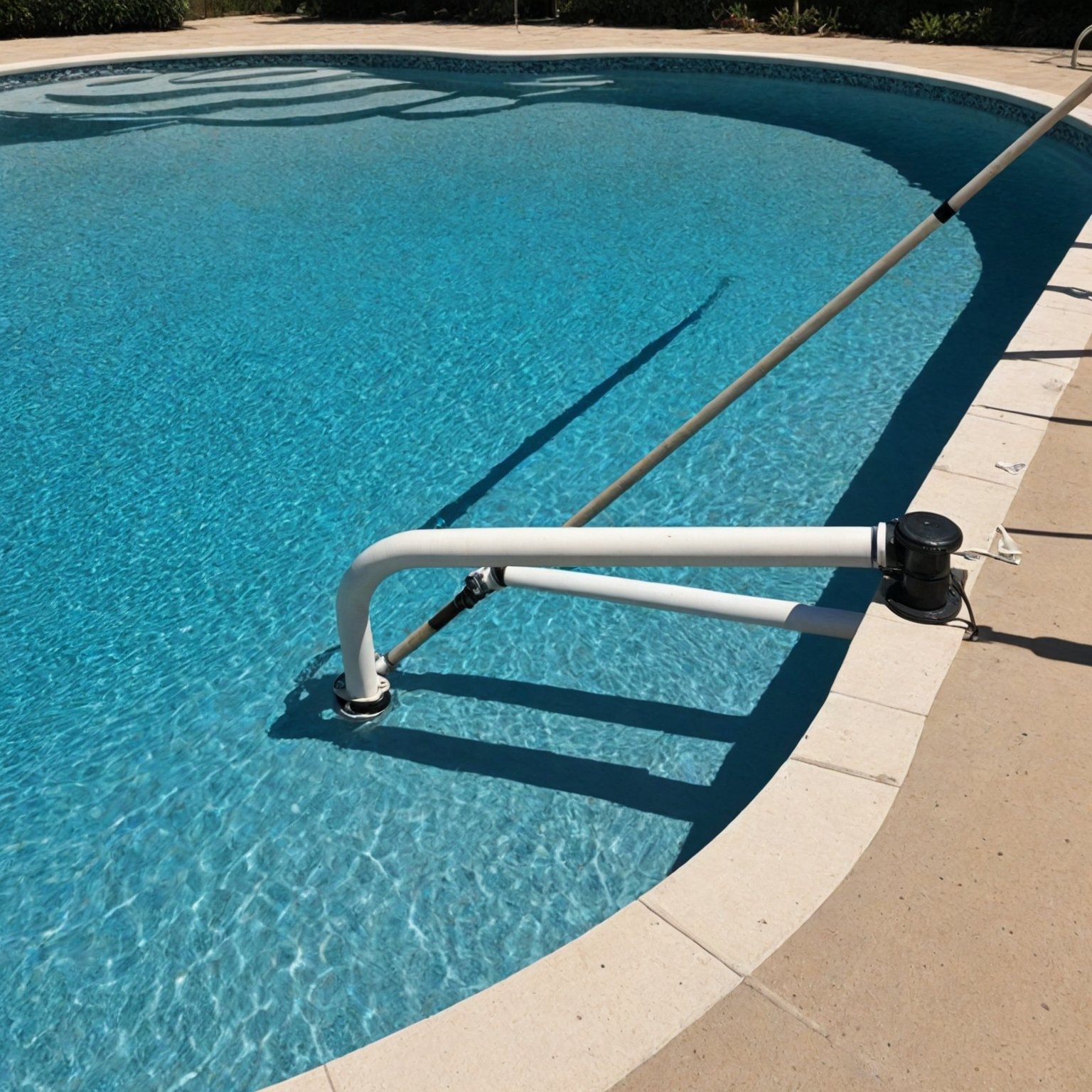Pool maintenance can be a significant investment, but with the right techniques, we can keep costs down and ensure your pool stays in tip-top shape for years to come. Whether you choose to tackle minor repairs yourself or seek pool repairs services in TN for extra complex issues, a proactive method will ultimately help you avoid expensive maintenance. In this guide, we’ll walk you through some of the easiest do-it-yourself tips to save money on pool repairs.
1. Regular Pool Inspection: Prevent Problems Before They Escalate
Routine checks are one step closer to saving cash. By regularly checking your pool’s additive conditions, you can spot the first signs and symptoms of damage and tearing before they become expensive problems.
Key Areas to Inspect:
- Pool Liner: Look for cracks, tears or any signs of peeling. Fix small cracks with a vinyl repair kit.
- Pool Pump: Listen for unusual screeching or whistling noises, which can also indicate motor problems.
- Pool Filter: Ensure proper functioning as a clogged filter can cause other additives to work harder and increase wear.
- Tiles and Coping: Check for loose or cracked tiles around the pool and plug them in directly to prevent water seepage from underneath.
Taking early action on these unusual problems can save you major repair costs later.
2. Master Basic Pool Repairs and Maintenance Techniques
Understanding and practicing primary fund maintenance is important to keeping restoration costs down. The following tasks are clean to study and can prevent extensive money by stopping bigger problems.
a. Water Chemistry Balance
Balanced pool water is essential to prevent damage to the pool liner, plumbing and other ingredients. Test the pool water frequently and change chemical levels as needed.
- pH Level: Maintain more than a few 7.4 to 7.6.
- Alkalinity: Ideal ranges must be between eighty and one hundred twenty ppm.
- Chlorine: Keep chlorine levels between 1 and 3 ppm to prevent algae and microorganism growth.
b. Skimming and Brushing
By wiping the bottom of the pool daily and combing the pool partitions weekly, we are able to prevent the accumulation of particles that can also lead to stains or clogging of filters and drains.
c. Backwashing and Cleaning the Filter
Flush your sand or DE filter when the strain gauge shows a ten psi increase. If you have a cartridge filter outside, clean it according to the manufacturer’s instructions.
3. DIY Pool Repairs and Leak Detection
Pool repairs for leaks can be one of the most luxurious problems to restore if left unattended. However, there are strategies we use to detect and restore smaller leaks without having to call in a professional.
a. The Bucket Test for Leak Detection
One of the most effective methods of leak testing is the use of a bucket check:
- Fill the bucket with pool water and place it on the steps of your pool, making sure the water level outside and inside the bucket are the same.
- Mark both levels and leave the bucket undisturbed for 24 hours.
- If the water level in the pool drops significantly more than the water in the bucket, you may have a leak.
b. Fixing Pool Leaks
- Vinyl Liners: Use a set of vinyl patches to repair small tears. Wet and underwater patches work nicely for submerged sections.
- Concrete or Gunite Pools: Cracks in these surfaces can be repaired with hydraulic cement. Clean the crack very well, apply cement and let it heal as directed.
4. Extend Equipment Lifespan with Proper Care
Pool system like pumps, heaters and filters make up a large part of your pool financing. By following the correct protection tactics, we will extend the life of this system and avoid expensive replacements.
a. Pool Pump Care
- Lubrication: Make sure the o-rings and seals are properly lubricated to prevent leaks and increase the life of your pump.
- Regular Cleaning: Clean the pump strainer basket to make sure there are no particles blocking the flow of water that could cause unnecessary strain on the pump.
b. Filter Maintenance
Clean or upgrade your pool as needed. A clogged filter not only reduces the readability of the water, but can also make the pump more resistant, leading to malfunctions.
c. Heater Maintenance
For pool heaters, remove debris from around the heater and perform annual gas line leak tests (if applicable). Pool heaters must be serviced regularly to maintain efficiency.
5. DIY Pool Tile Repairs
Cracked or missing tiles can cause water infiltration and structural damage if not addressed now. Fortunately, pool tile repair is a doable DIY project that doesn’t require a lot of talent.
Steps to Repair Pool Tiles:
- Drain Water: Lower the water level below the damaged tile.
- Remove Old Grout: Using a hammer and chisel, carefully remove the old grout around the damaged tile.
- Apply Thinset Mortar: Apply Thinset Mortar to the returned part of the new tile and place it nearby.
- Re-grout: Once the tiles are unit, observe the grout and loosen it to ensure watertightness.
- Cure and Refill: Allow the tile to cure for 24 to 48 hours before topping up the pool..
6. Invest in Preventive Pool Equipment
To avoid expensive maintenance, we recommend investing in preventative equipment that will keep your pool in top condition all year round.
Suggested Tools:
- Automatic Pool Cover: Reduces evaporation and keeps debris out, reducing renovation costs.
- Robotic Pool Cleaner: A robotic pool cleaner can keep your pool clean with minimal effort, stopping build-up and reducing stress on your filtration system.
- Saltwater Chlorinator: If you are using a saltwater pool, a chlorinator can robotically change chlorine levels, reducing the need for attendant intervention and the likelihood of imbalance-related damage.
7. Seasonal Pool Maintenance to Prevent Winter Damage
Proper winterization is essential to prevent frost-related damage, which can be very expensive. Before winter comes, we should follow the vital steps to protect the pool:
Winterizing Steps:
- Lower Water Levels: Drain water below skimmer level to prevent frost damage.
- Blow Out the Plumbing Lines: Use a shop vacuum or air compressor to remove water from the tracks and stop them from freezing and bursting.
- Cover the Pool: Invest in a long-lasting pool cover to keep debris out and protect the water from freezing.
Conclusion: Save More with Smart DIY Pool Care
By constantly maintaining the pool and solving repairs in a timely manner, you can avoid the high costs associated with professional services. Whether it’s learning basic maintenance, recognizing early signs of wear and tear, or performing DIY maintenance, these practices will keep your pool in great shape and ultimately save you money.




